
Klamath Lake Blue Green Algae Expedition September 2007
In Mid-September I finally made my long-awaited blue-green algae expedition to Klamath Lake, Oregon. This exploratory effort was successful.
Why Blue-Green Algae?
My interest in the Blue Green Algae was initiated by two nutritional scholars, Dr. Brian Clement (Director of the Hippocrates Health Institute) and Dr. Gabriel Cousens, Director of the Tree of Life Rejuvenation Center. Both these experts say that they believe that the AFA (Blue-Green) algae that grows in Klamath Lake is perhaps the healthiest food on earth. Dr. Clement insists that all members of his family eat some Aphanizomenon flos-aquae (AFA) algae every day. Both experts recommend only eating frozen algae (as opposed the the more common freeze-dried variety). You can read Dr. Cousen's interview on the E3-live AFA product here. You can listen to both cited experts recommending AFA in audio and video interviews here. And, of course you can buy their product directly off their website.
Why Now?
For two years I have planned but been unable to visit the lake. Having business in Seattle this September, I decided to drive north specifically so I could stop at Klamath Lake. Rather than bring one of my boats north, I rented one near Klamath Falls. I brought nets, paddles, containers, and equipment for my collection efforts. Sharoll accompanied me.
How?
On our first day we started in the early afternoon. We explored the lake until we found 2 commercial algae collecting rigs and essentially worked in their area. The water was literally green with algae.
It took considerable time and effort to discover methods for extraction of the algae that were practical for us.
The Catch
I left the lake after two days with about 30 lbs of algae. Suffice it to say, it would have cost $10,000 or more if I had bought the algae from certain vendors. Therefore, the costs of the trip were a small price to pay. The haul is in a freezer at a friendís in Ashland. Iíll bring it back to Sacramento with me on my return.
I will be far more productive on any future visits since during this trip I spent most of my time searching and learning how best to collect the algae.
Conclusion
I believe anyone living as close as I do (5 hours from Klamath Lake) should be well able to collect their own algae at a fraction of the cost of buying it. I believe an individual should be able to collect a generous year's portion in just 2 or 3 days.
2008
The algae can only be harvested during the summer months. I may lead an expedition of people there in July 2008. If you would like to be a part of this, let me know via an email. I found an idyllic resort area with camping and motel facilities at modest cost. They also have a boat rental and it is within 40 minutes (by boat) of the better algae harvesting grounds.
Below are some photos of the expedition:

Klamath Lake is a beautiful environment. It supports many species of migratory birds and is teeming with life including the AFA algae. The very rich mineral content of the water, richer than any other known lake in the world where AFA grows, is responsible for some of the nutritional benefit of Klamath Lake blue-green algae. AFA grows and is eaten in Africa and was also a staple of the ancient inhabitants of Mexico City (Tenochtitlan) when the area was dominated by Lake Texcoco.
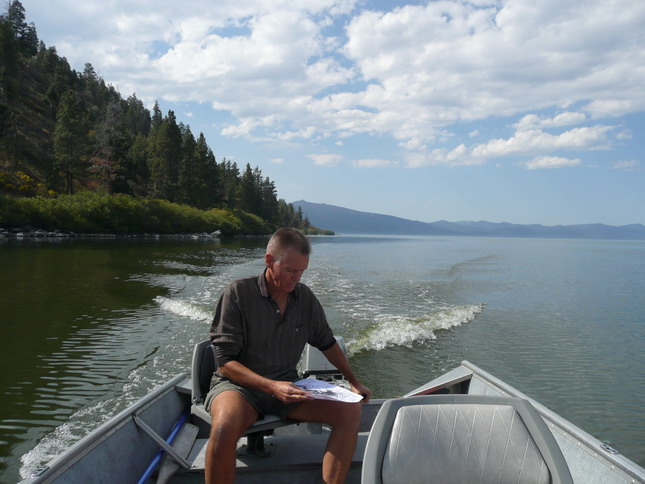
A check of the chart to keep us exploring the lake efficiently for the areas with algae.
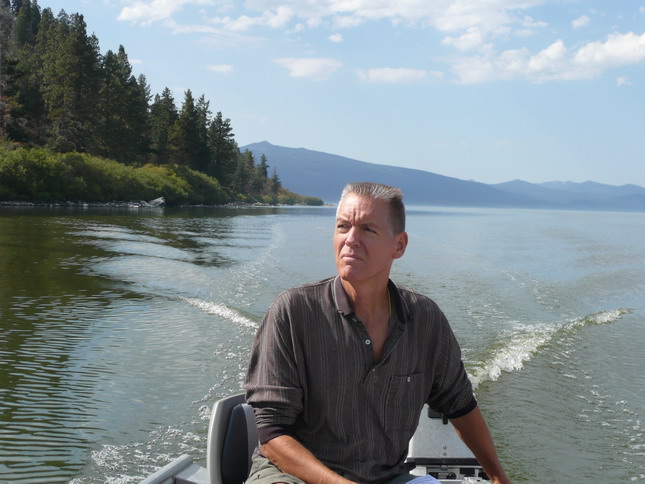
I was noticing that the wake & propwash was turning green. Hmm... looks like algae. And, up ahead, I see some commercial Algae collection platforms.
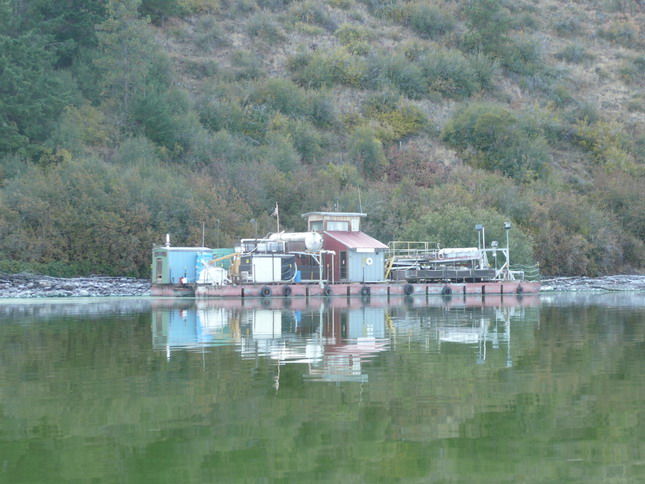
Unnamed Algae collection facility 1 (above)
UnnamedAlgae collection facility 2 (below) [notice the green water]
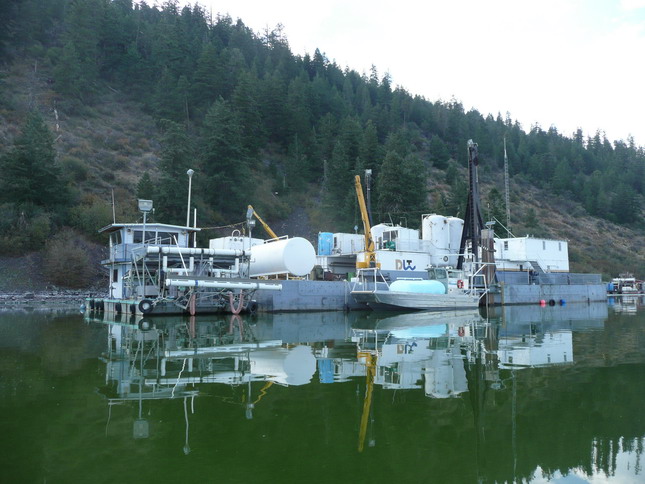
A close up of the water (magnified)
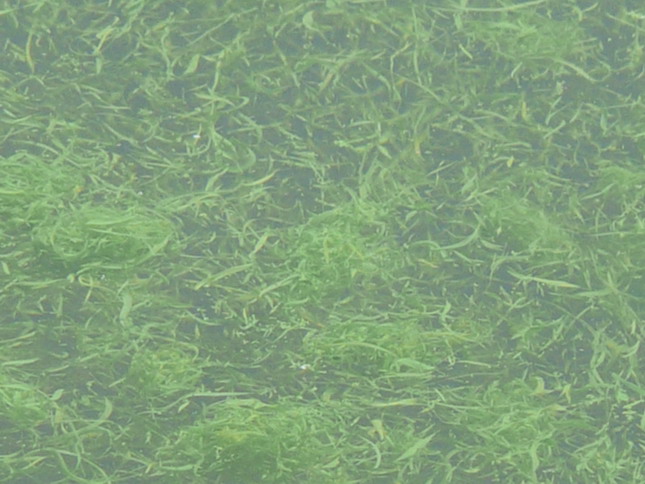
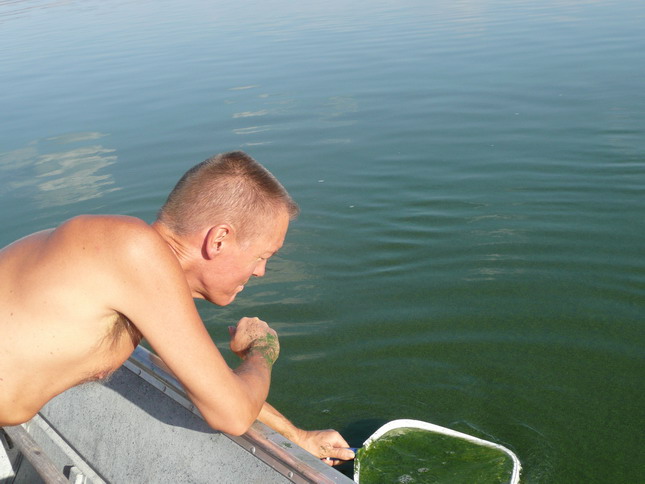
I found using this swimming pool net worked pretty well for me. We brought another type of net, and as luck would have it, Sharoll preferred using it. We were filling 1-gallon ziplock bags every 10 minutes or so when we were at a good collection site. Dry ice can be used to freeze the algae as quickly as possible. I brought a 10 cu. ft. freezer in the bed of my truck. The resort allowed me to park near a 110 outlet and freeze my catch overnight.

We found that the algae seemed more readily available in the later afternoon. We theorized that the algae moved more to the surface of the water when the sun was shining most brightly. Future trips will confirm or disprove this hypothesis.
I will be consuming the algae regularly beginning around October 15, to see whether it is as beneficial to me as the experts claim it to be.
Grandkid Bragbook of June 2007
Photos of Mark's GrandDaughter Makayla at Christmas 2001
Makayla's Debut at Hotel del Coronado